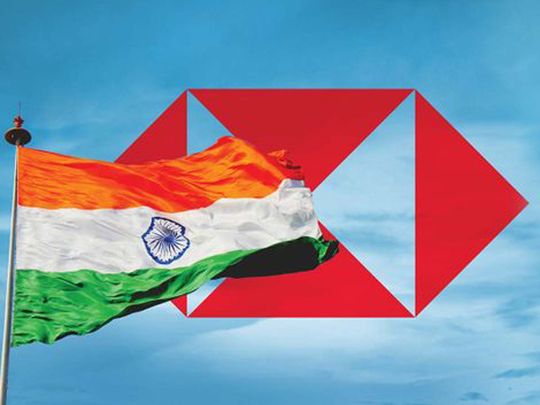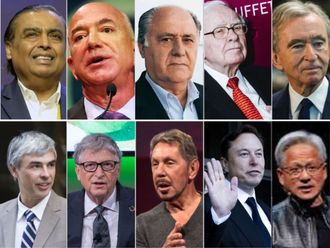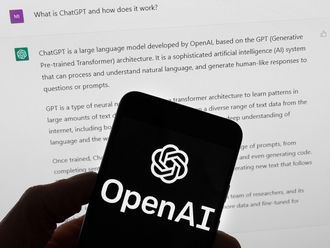
Trade and investments between India and the Middle East, North Africa, and Türkiye (MENAT) region are rising, buoyed by strong mutual interests, presenting numerous opportunities for investors and corporates. The findings come from a new report launched by HSBC: India-MENAT Corridor Outlook: Harnessing natural synergies.
Take MENAT’s economies as a starting point. Underpinned by ambitious transformation plans to diversify their economies, and the region’s youthful demographics – more than half of the MENAT population is under 30 years age – the MENAT countries an attractive destination for investors.
India’s increasing strengths as a food and agricultural producer and exporter is re-positioning the India-GCC trade and investments relationship, given the Arab countries' appetite to increase its food security. Technology developments are transforming the GCC's food and agriculture industry, and considerable sums are being invested to promote food security, for example $7 billion in the India-UAE Food Corridor in 2019.
Outside of the GCC, India continues to do lucrative business in new areas of the economy with the other countries of the MENAT. In Egypt, Indian companies invest in green hydrogen and electric vehicles, as well as in more traditional sectors such as food industries, chemicals, and tourism.
India's automobile companies are also present in Türkiye, where Indian manufacturers have also poured investments into the packaging materials industry.
Data from the International Trade Centre (ITC) and HSBC analysis show an estimated $61 billion export opportunity for India to the key MENAT markets, with top destinations including the UAE, Saudi Arabia and Türkiye.
For MENAT corporates and investors, understanding India's expansive physical landscape can help them narrow down their investment opportunities. The MENAT countries have nurtured trading, investment, and economic relationships for centuries. Today, while India is still a close trading partner for the MENAT region in goods such as spices, gold, and textiles, the South Asian country is also rising in global prominence in manufacturing, technology, and science.
There is a long runway of investment opportunities for MENAT in India's booming digital economy, including in sectors such as software as a service (SaaS), fintech, e-commerce, and healthtech. India's digital economy is forecast to go from a 0.5% share of the country's GDP in 2010, and 4-5% share in 2022, to a 12-13% share by 2030.
As HSBC’s report shows, a handful of states in India contribute to a sizable proportion of its gross value added especially in services, industry, and
manufacturing. Tier 1 cities are key drivers of India’s economic growth; just six of these eight cities contributed 28% of India’s GDP in 2022. However, India’s Tier-2 cities hold much potential too; MENAT corporates considering lower operational costs in India, niches for specific industrial activities, or shifting manufacturing away from Tier-1 cities should consider setting up ancillary operations in Tier-2 cities.
More broadly, according to ITC data and HSBC analysis, there is a $51 billion export potential for MENAT to India, with top exporters the UAE, Saudi Arabia, Türkiye, Kuwait, and Qatar.
As free trade agreements and bilateral agreements ramp up between India and MENAT countries, global supply chains are being reshaped, and trade policies for the green transition are adapted.
In 2022, the India-UAE Comprehensive Economic Partnership Agreement (CEPA) was negotiated and concluded in just 88 days. Its anticipated benefits are in the trade in goods and services between the two markets, as well as the facilitation of greater investment flows. The India- MENAT Corridor outlook promises to be further boosted by the India-Middle East- Europe Economic Corridor (IMEC) that was announced in September 2023.
Now is the time for corporates and investors along the India-MENAT Corridor to explore the latent potential for further collaboration.













